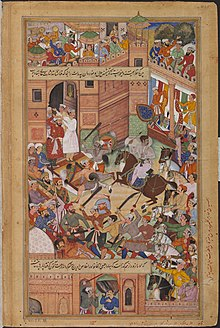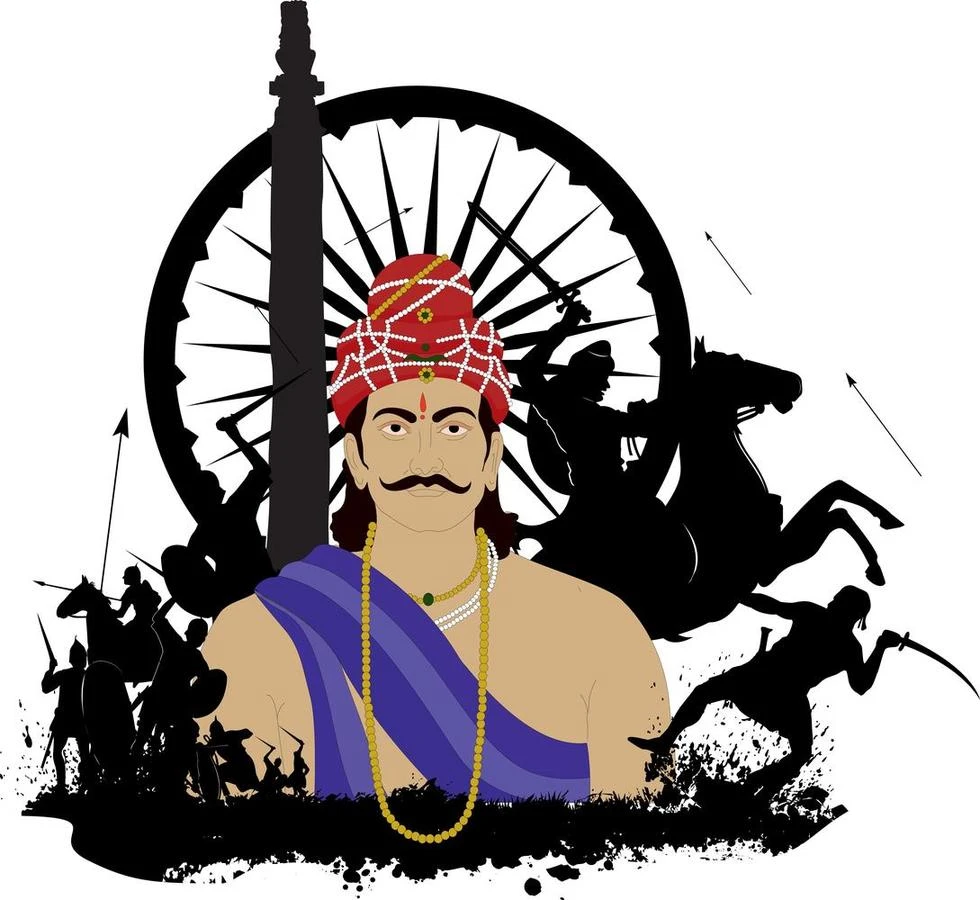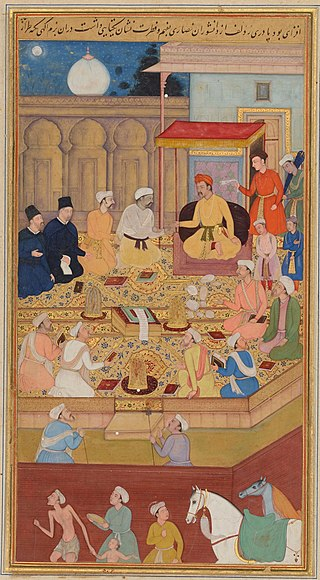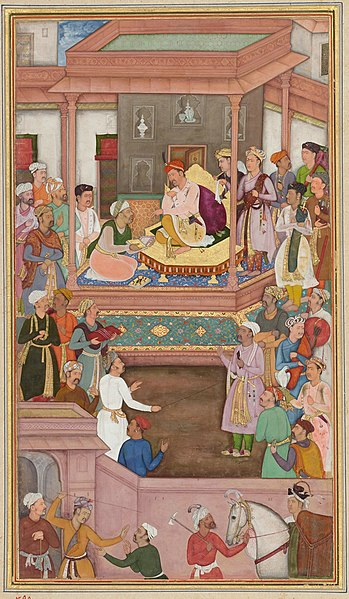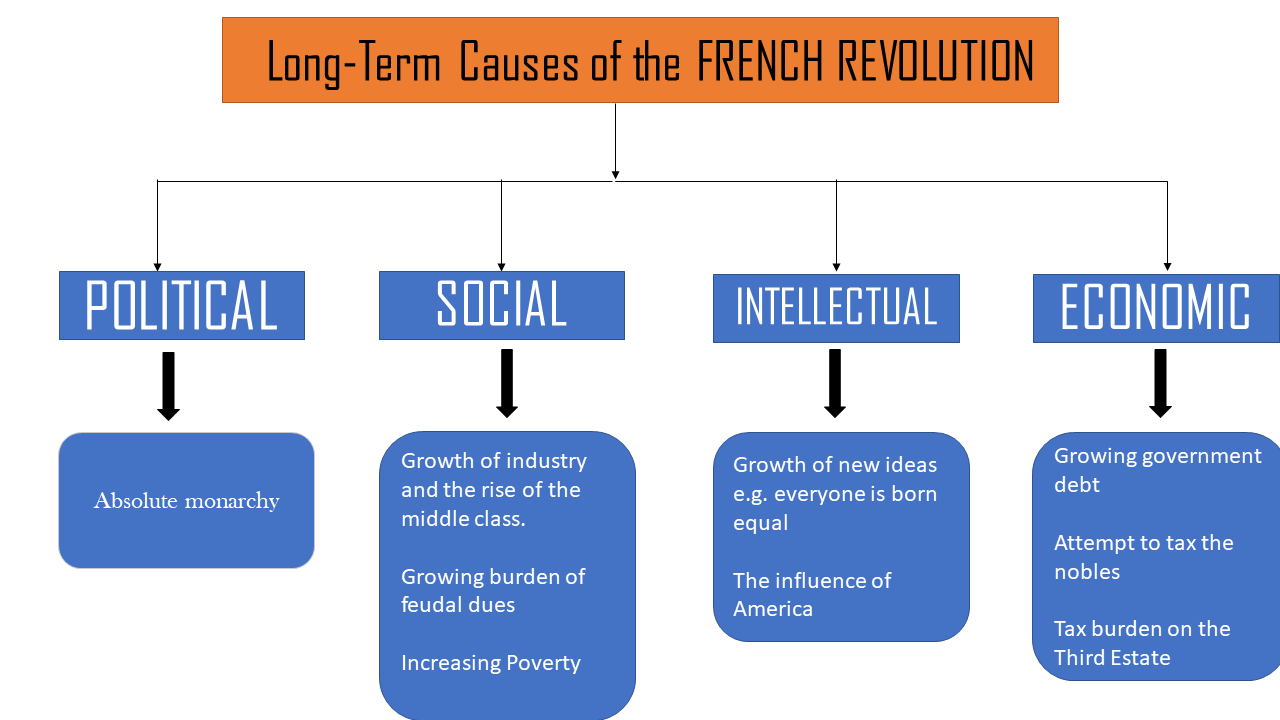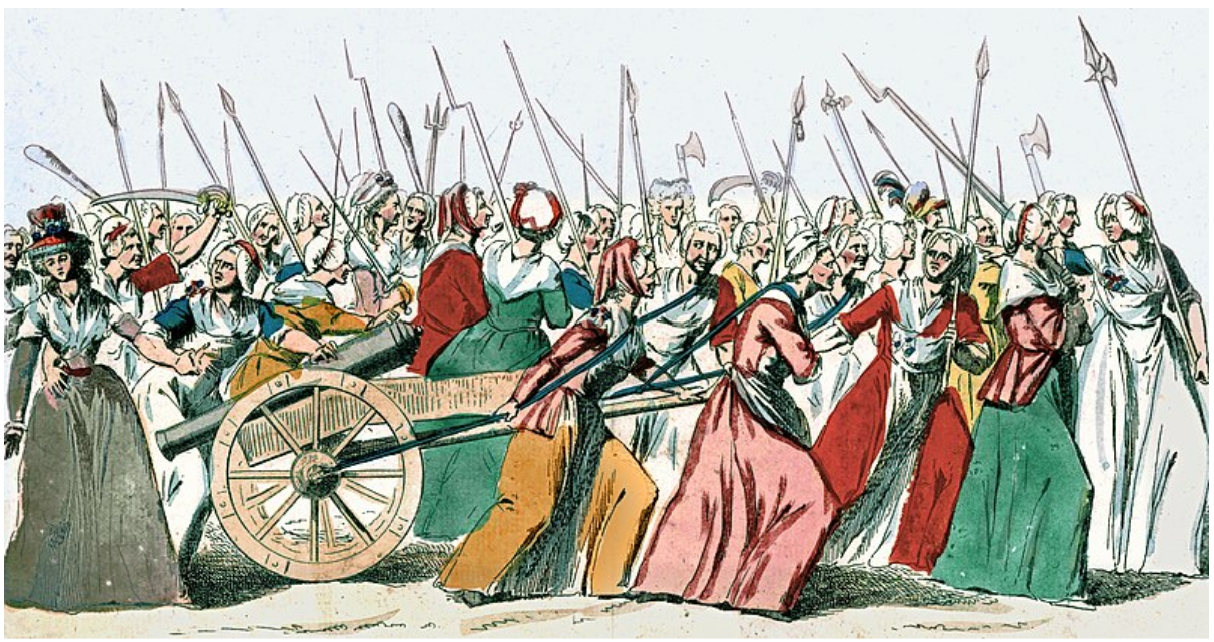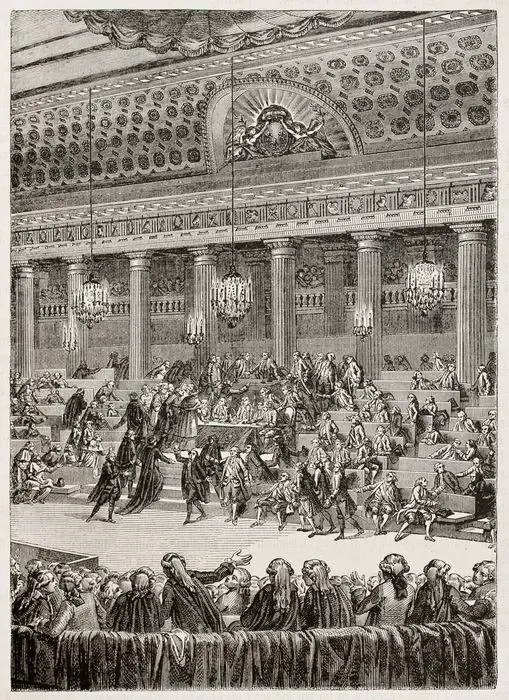Introduction
A remarkable Mughal empress who showed considerable interest in the political matters of the kingdom was Nur Jahan. She was the 20th wife of Emperor Jahangir. She was a confident and powerful lady who actively took part in Jahangir’s court’s different decision-making processes. The Mughal emperor’s reign was maintained thanks to her bravery and strength. In exchange, she received some honours and benefits that no Mughal empress before or after her ever received.
Early life
Mehr-un-Nissa was the actual name of Nur Jahan. She was born in Afghanistan’s present capital city of Kandahar. Mirza Ghiyas Beg and his wife Asmat Begum welcomed their fourth child, Nur Jahan, into the world in 1577. They belonged to an Iranian noble household. Mirza Ghiyas Beg travelled to India in quest of work after experiencing some financial difficulties. Nur Jahan was able to resume her education due to his efforts to make sure of it. In addition to studying the arts, ballet, music, and writing, she was a prodigy in languages like Arabic and Persian.
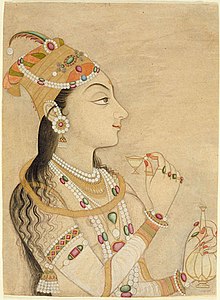
Mughal Empress Nur Jahan
First Marriage of Nur Jahan
In 1594, at the age of 17, Mehr-un-Nissa wed Sher Afgan Khan. Under the rule of kings Akbar and Jahangir, Sher Afgan Khan led the Mughal military. Mehr-un-Nissa and Sher Afgan Khan were graced with a daughter in 1605, whom they called Ladli Begum. Sher Afgan was assassinated in 1607, two years after Jahangir had succeeded to the Mughal empire, amid numerous rumours. One of these rumours suggested that Jahangir may have personally planned the murder of Sher Afgan.
After he passed away, Ruqaiya Sultan Begum, the widow of the late Emperor Akbar, hired Nur Jahan and her daughter to serve as “ladies-in-waiting” at the court of Jahangir for security.
Marriage of Nur Jahan to Jahangir
Jahangir and Nur Jahan were wed in 1611 at the spring celebration of Nowroz, where Jahangir first met Nur Jahan in the Meena bazaar. As soon as he saw her, he proposed, and they were wedded the following year, to Nur Jahan. Jahangir, who was enamoured with her attractiveness, gave her the names “Nur Mahal” and “Nur Jahan,” respectively, which mean “light of the palace” and “light of the globe,” to describe her.
Jahangir valued her view on the state’s political matters because he respected her so much. The Mughal empire’s most powerful and prestigious emblem of resolve was even given to her—his royal insignia. With the support of this seal, she was able to look over and authorize any request before it gained legality. Her name was inscribed on coins for the first time; no other Mughal queen had ever experienced this.
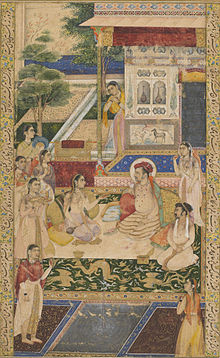
Jahangir and Prince Khurram with Nur Jahan
Mughal Empress
She was also a great defender of the Mughal kingdom, securing the borders, settling family conflicts, and quelling uprisings. She even came up with an answer when a conflict arose over the name of the empire’s next ruler when Jahangir was not present. She used her cunning and strength to free Jahangir in 1626 after Mahabat Khan, the rebel leader, had kidnapped him.
According to historians, Nur Jahan once served as a representative of Jharokhas, where she welcomed crowds, at the palace of Jahangir. Nur Jahan used to issue orders and take the risk of using her power when Jahangir was ill and addicted. Nur Jahan’s use of governmental authority established a precedent. She was an excellent hunter who treasured going hunting with Jahangir.
Life of Nur Jahan after Jahangir’s death
Nur Jahan and her daughter were placed under house arrest in Lahore after Jahangir died as a result of a plot by her brother, the subsequent successor, Shah Jahan. She was in charge of overseeing construction of Itmad-ud-mausoleum Daula’s in Agra at this period. According to historians, the Taj Mahal was modelled after this mausoleum.
Summary
Nur Jahan was an extraordinary Mughal empress who left an imprint on Mughal history. She played a pivotal role when Jahangir was present and took policy decisions when he was ill. Not only was she beautiful, but she also had a keen interest in the state affairs of the Mughal empire. She participated actively in the court proceedings when the emperor Jahangir was present. When Jahangir used to be ill and died, Nur Jahan took over the court affairs. As Jahangir trusted her immensely, he made it necessary to take the consent of Nur Jahan while approving any order. He even minted a coin imprinting her name on it and gave her the prestigious imperial seal.
Frequently asked question
1. Describe in brief about Nur Jahan’s personality.
Nur Jahan was a smart and beautiful lady. She was a lady of culture, intelligence, and education. In addition to her intense interest in state politics, she also had a keen interest in fashion. She was able to take on state matters and stood strongly by the oppressed and underprivileged people thanks to her problem-solving skills, bravery, resilience, generosity, and kind spirit.
2. What was the Nur Jahan Junta?
Following her marriage, Nur Jahan established a tight circle of friends, including herself, her father Itimad-ud-Daula, mother Asmat Begum, and prince Khurram. The Nur Jahan Group was the name of this organisation. Each member had better positions within the Mughal kingdom and was competent.
3. Why did Nur Jahan have such control in Jahangir’s court?
Nur Jahan was unquestionably extremely talented and charismatic, which is likely why she was capable of holding as much control as she did.

